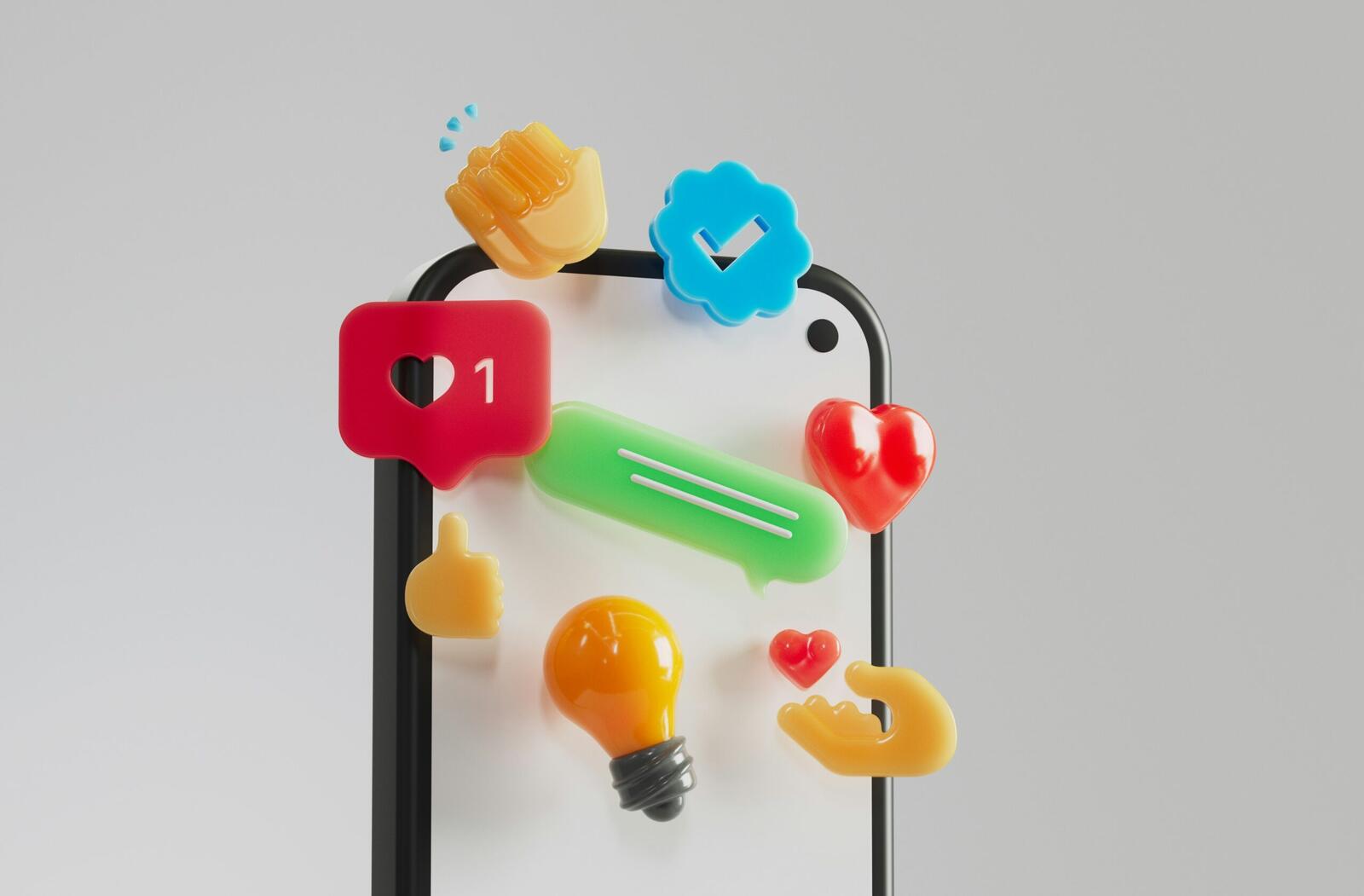Recently, Sky News reported that users of Google Pixel phones have found a new feature in their device called “audio emojis”. This feature allows users to send sound reactions during calls, including laughter, clapping, and even a fart noise. However, the update is still in its testing phase and has received mixed reactions from users.
While some find this feature amusing and plan to use it, others question its necessity and would prefer improvements to existing features. There are also concerns about inappropriate use during serious conversations. However, some users see potential for practical jokes, like using the fart sound for scam calls.
In light of these recent developments, how did we get here? The emergence of these “audio emojis” sparks our curiosity about the evolution of emojis into significant communication tools. How did emojis evolve from simple pictograms to integral components of modern communication, and what does this mean for our digital interactions?
How Did Emojis Come To Be?
Emoticons made of punctuation have been around since the 1800s, but the emojis we use today came into being in the late 1990s. The term “emoji” originates from the Japanese language, where “e” (picture) and “moji” (character) are combined.
One of the first emoji sets was introduced by a Japanese phone carrier, SoftBank, in 1997. The designer who is now credited with creating the emoji that have become widely popular is Shigetaka Kurita of NTT DoCoMo in 1999. These early emojis were designed to be pixelated and simple, intended for small mobile phone screens.
Despite their basic design, emojis gained popularity in Japan, especially among young people. This trend continued for over a decade, with limited use elsewhere. However, in the 2010s, emojis were incorporated into the Unicode Standard, a universal character encoding system. This made it possible for them to be adopted more widely across different platforms and devices.
With the rise of smartphones and social media, the use of emojis exploded globally. They transcended language barriers, becoming a new way to express emotions and ideas in digital communication. Today, emojis are a global part of popular culture, with users proposing new additions regularly, which are then approved by Unicode.
How Have Emojis Become Tools For Digital Communication?
In today’s fast-paced digital world, where attention spans are limited, emojis have emerged as powerful tools for enhancing digital communication. These tiny icons pack a punch, conveying emotions and messages with just one image.
Emojis Convey Emotion
Text messages can sometimes feel bland and devoid of emotion. That’s where emojis come in. Whether it’s a smiley face, a heart, or a thumbs-up, emojis inject personality and emotion into digital communications, making them more engaging and relatable.
Universal Meanings
With over 3,000 emojis to choose from, there’s an emoji for every situation. These universal symbols bridge communication gaps across cultures and backgrounds, making them ideal for connecting with people worldwide. Emojis transcend language barriers, allowing individuals to express themselves effectively in a digital world.
More from Tech
- How To Choose Between A Web App and A Native App
- We’ve Heard Of Smart Homes, But What Is A Smart City?
- Experts Share: What Will Medtech Startups Build Around AI Diagnostic Systems?
- UK vs US: Whose Tech Industry Is Performing Better In 2025?
- Experts Share: How Can Diagnostic AI Be Integrated Into Existing Medtech Systems?
- How Are CRMs Shaping The Future Of B2B Sales?
- Typedef Launches with $5.5 Million in Seed Funding
- Sequent Tech Powered the Philippines’ Big Bet on Online Elections
How Can Startups Use Emojis In Digital Marketing?
Now that we understand the significance of emojis in communication, let’s explore how to integrate them into digital marketing strategies effectively.
Choosing Effectively
Selecting the appropriate emoji is crucial. Ensure that the chosen emoji aligns with the message you’re conveying to avoid any misinterpretation. Each emoji carries its own meaning, so choose wisely to maintain professionalism and clarity in your communication.
Use Emojis Sparingly
While emojis add flair to digital communications, moderation is key. Overusing emojis can clutter your message and detract from its professionalism. Strike a balance by incorporating emojis strategically to enhance your brand’s personality without overwhelming your audience.
Know Your Audience
Understanding your target audience is essential when using emojis in marketing. Different demographics may interpret emojis differently, so tailor your emoji usage to resonate with your audience’s preferences and communication style.
Creativity
Embrace creativity in your emoji usage to captivate your audience’s attention. Consider creating custom emojis or using emojis in unconventional ways to stand out in a crowded digital landscape. Emojis offer endless possibilities for creative expression, so don’t be afraid to think outside the box.
Emojis have evolved significantly since their humble beginnings in the late 1990s and have become essential components of modern digital communication. They have the power to express emotions and overcome language barriers, thereby revolutionising the way we interact online. As we continue to incorporate these small icons into our daily conversations, it’s intriguing to consider their development and their impact on shaping our digital interactions.
By incorporating emojis into your digital marketing efforts thoughtfully, you can enrich your brand’s communication, increase engagement, and foster meaningful connections with your audience. Embrace the power of emojis to elevate your brand’s digital presence in today’s communication-centric world.



